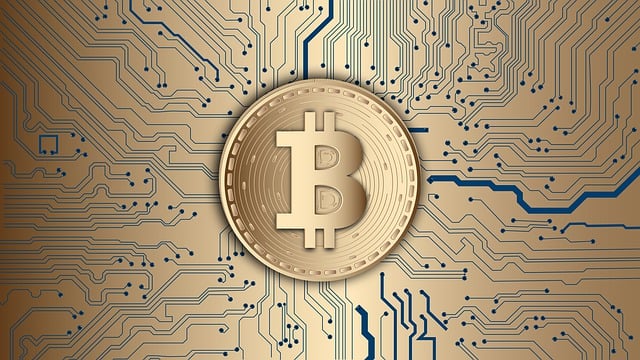Understanding Gas Fee Crypto: Exploring the Basics and Implications

Introduction to Gas Fee Crypto
Gas fees are an integral component of various blockchain networks, serving as a mechanism to incentivize and prioritize transactions. In the world of cryptocurrencies, gas fees refer to the fee required for executing transactions or smart contracts on a blockchain platform. This article delves into the concept of gas fees, its significance in the crypto ecosystem, and sheds light on its potential implications.
What are Gas Fees?
Gas fees represent the cost associated with using a network built on a blockchain. They are typically denominated in the native cryptocurrency of that specific blockchain. Gas fees compensate miners or validators for executing and validating transactions. The fee amount is influenced by factors such as network congestion, transaction size, and complexity.
The Role of Gas Fees in Blockchain Transactions
Gas fees play a vital role in maintaining the integrity and efficiency of blockchain networks. They act as a deterrent against spam and malicious activities, ensuring that only legitimate transactions are processed. Furthermore, gas fees help prioritize transactions by allowing users to include a higher fee to expedite their confirmation time.

Understanding Gas Limit and Gas Price
Gas limit and gas price are two crucial components that determine the total cost of a transaction. Gas limit represents the maximum amount of computational work that a transaction can perform, while gas price denotes the cost per unit of computational work. The total fee is calculated by multiplying the gas limit with the price.
Implications of Gas Fees
Gas fees have significant implications for the overall crypto ecosystem. Higher fees can deter small investors and impede the adoption of decentralized applications (DApps) that heavily rely on frequent and affordable transactions. On the positive side, gas fees incentivize users to prioritize important transactions and contribute to the security and stability of the network.
The Need for Gas Fee Optimization
To address the challenges posed by high gas fees, developers and blockchain enthusiasts actively seek ways to optimize gas usage. Techniques such as batched transactions, state channel networks, and Layer 2 scaling solutions aim to minimize the computational work required for transactions, thus reducing associated costs.

Conclusion
Gas fees are an essential aspect of the crypto ecosystem, providing an incentive mechanism to ensure the smooth operation and security of blockchain networks. While high fees can hinder accessibility, ongoing efforts to optimize gas usage impart hope for more affordable and efficient transactions. Understanding gas fee crypto is crucial for both investors and developers to navigate the intricate world of blockchain technology.
For more information on a specific cryptocurrency, have a look at our article on What is Dana Crypto?